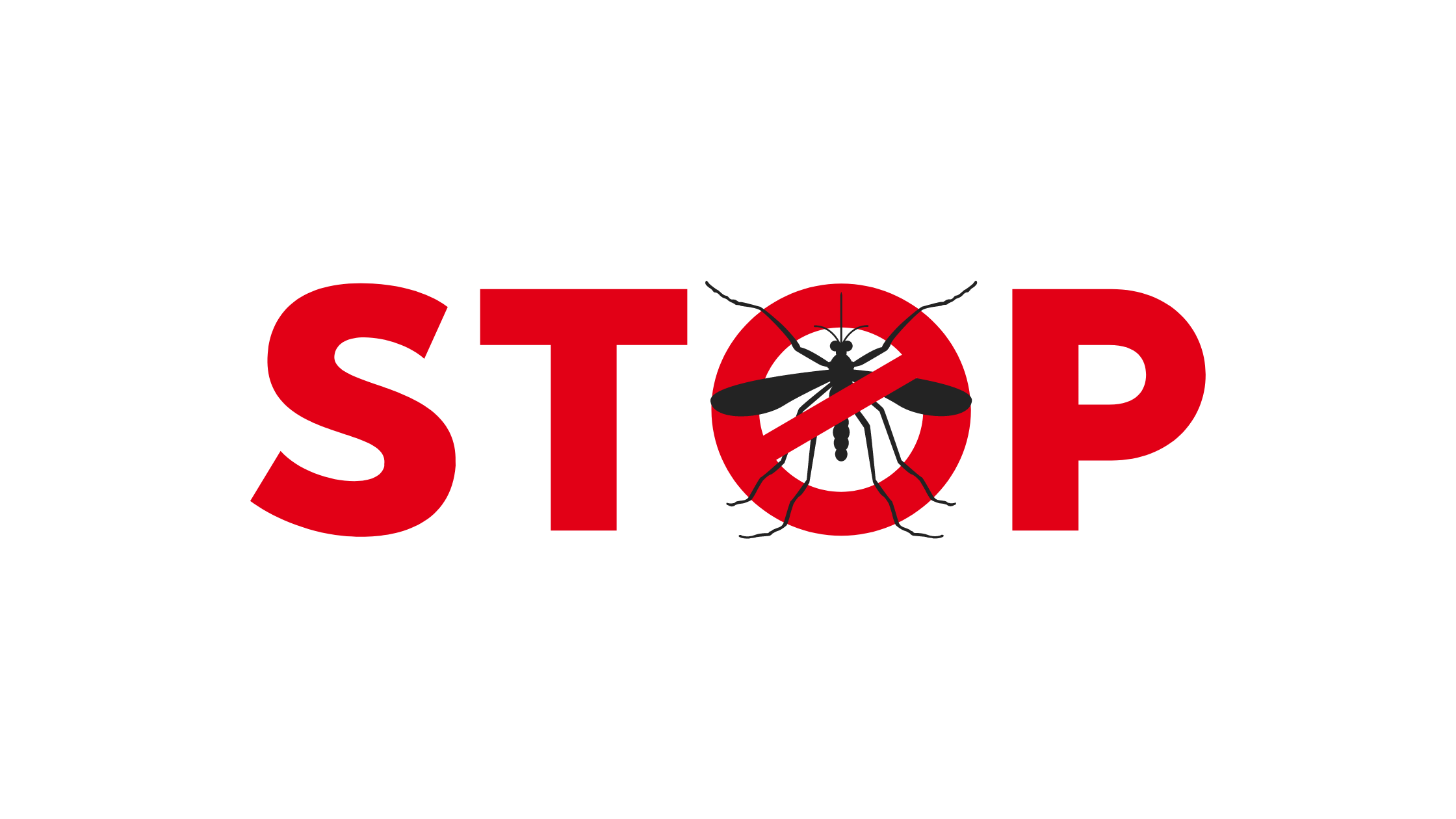Battling Malaria: Understanding the Disease and it’s Preventive Measures

Introduction: Malaria, a life-threatening disease caused by the Plasmodium parasite, continues to pose a significant global health challenge. Despite advancements in medical science, it remains a major cause of morbidity and mortality, particularly in tropical and subtropical regions. However, with the right knowledge and preventive measures, we can significantly reduce the impact of malaria on individuals, families, and communities. In this blog, we will delve into the intricacies of malaria, explore its prevention, and discuss the importance of collective efforts in combating this persistent foe.
Understanding Malaria: Malaria is transmitted to humans through the bites of infected female Anopheles mosquitoes. Five species of Plasmodium parasites cause malaria, with Plasmodium falciparum being the deadliest. The parasites multiply in the liver and infect red blood cells, leading to recurrent episodes of fever, chills, sweating, fatigue, and sometimes severe complications, such as anemia, organ failure, or cerebral malaria.
Preventive Measures: Malaria could be prevented by using simple preventive measures mentioned below:
Use Mosquito Nets: Sleeping under insecticide-treated mosquito nets (ITNs) is one of the most effective ways to prevent malaria. These nets act as a physical barrier against mosquito bites while the insecticide repels and kills mosquitoes. Proper usage and regular maintenance of nets are crucial for their effectiveness. In malaria prone areas the government it distributed it free of cost to the communities.
Indoor Residual Spraying (IRS): IRS involves the application of insecticides to the interior walls of houses. This method not only kills mosquitoes but also repels them, reducing the risk of transmission. IRS is particularly effective in areas with high mosquito populations or during malaria outbreaks.
Mosquito Repellents: Applying mosquito repellents on exposed skin and clothing can deter mosquitoes from biting. Follow the instructions on the product label and reapply as necessary.
Eliminate Mosquito Breeding Sites: Mosquitoes breed in stagnant water. By emptying, cleaning, or covering containers that hold water, such as buckets, flower pots, and old tires, you can eliminate potential breeding sites. Regularly cleaning gutters and maintaining proper drainage can also prevent the accumulation of standing water.
Antimalarial Medications: If you are traveling to a malaria-endemic area, consult a healthcare professional for appropriate antimalarial medications. These medications can help prevent infection, but their efficacy varies depending on the region and the specific malaria strain prevalent in that area.
Community Efforts: Malaria prevention requires collective action. Community leaders can organize awareness campaigns to educate people about the disease, its symptoms, and preventive measures. Additionally, community-led efforts in environmental management and mosquito control, such as larval source management, can significantly reduce mosquito breeding.
Conclusion: Malaria continues to impact millions of lives worldwide, but concerted efforts toward prevention can make a substantial difference. By adopting preventive measures such as the use of mosquito nets, indoor residual spraying, mosquito repellents, and elimination of breeding sites, we can reduce the risk of transmission. Furthermore, early diagnosis and prompt treatment are essential in managing malaria cases effectively.
Author: Ranpal Singh, Associate Director Social Mobilisation, PCI India
